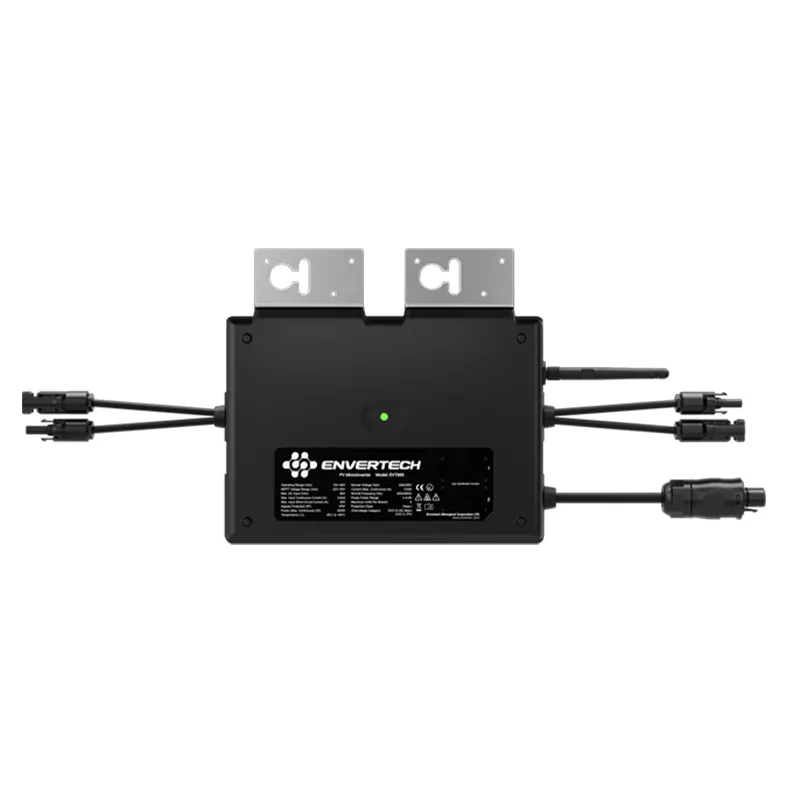inverter 6000
Understanding Inverters A Focus on the 6000W Models
In the world of renewable energy and electrical systems, inverters play a crucial role in converting direct current (DC) to alternating current (AC). Among the myriad inverter models available, the 6000W inverter stands out for its versatility and efficiency. This article delves into the features, applications, and considerations surrounding 6000W inverters, elucidating their importance in both residential and commercial settings.
What is an Inverter?
An inverter is a device that transforms DC electricity, often generated by renewable energy sources such as solar panels or batteries, into AC electricity. AC is the standard form of electricity in most homes and businesses, enabling the use of common appliances and electronics. The process not only facilitates efficient energy consumption but also enhances the usability of renewable energy resources.
Why Choose a 6000W Inverter?
A 6000W inverter is designed to handle a considerable load, making it suitable for a variety of applications. This output can accommodate several appliances simultaneously, making it an ideal choice for both home and industrial settings. Common uses for a 6000W inverter include
1. Residential Applications Many households with significant energy requirements—such as multiple TVs, refrigerators, air conditioners, and home office equipment—can benefit from a 6000W inverter. These inverters allow homeowners to optimize their energy consumption, especially during power outages or in off-grid situations.
2. Commercial Settings Small to medium-sized businesses, particularly those reliant on heavy machinery or extensive lighting, find 6000W inverters advantageous. They can support the demands of office equipment, signage, and other electrical needs, ensuring uninterrupted operations.
3. Off-Grid Systems For those living in remote areas, a 6000W inverter is often a key component of off-grid solar systems. It allows users to harness solar energy for daily use, reducing dependence on traditional power supplies.
4. Emergency Backup In emergency situations, a 6000W inverter can be used to power essential appliances during blackouts, providing peace of mind and comfort.
inverter 6000

Features to Consider
When selecting a 6000W inverter, several important features should be taken into account to ensure optimal performance
1. Pure Sine Wave vs. Modified Sine Wave Pure sine wave inverters produce a smoother and more reliable current, making them suitable for sensitive electronics. Modified sine wave inverters, while often less expensive, might not provide compatible power for all devices. Therefore, understanding the specific needs of your appliances is crucial.
2. Efficiency Ratings The efficiency of an inverter signifies how well it converts DC to AC power. Higher efficiency ratings mean less energy is wasted during the conversion process, which is especially important in terms of savings and energy conservation.
3. Safety Features Look for inverters equipped with various safety features such as over-voltage protection, short circuit protection, and thermal overload protection. These features help safeguard both the inverter and connected appliances.
4. Portability and Design Depending on the intended application, the size and weight of the inverter may be significant. For mobile or outdoor uses, a compact and lightweight model could be beneficial.
5. Cooling Mechanisms Inverters generate heat during operation, so models with built-in cooling systems (fans) are advantageous for preventing overheating and ensuring longevity.
Conclusion
The 6000W inverter serves as a valuable asset in various electrical systems, efficiently converting solar or battery-stored energy into usable power. Its ability to support both residential and commercial needs makes it a popular choice among consumers seeking reliable energy solutions. By carefully assessing the inverter’s features and suitability for specific applications, users can maximize their energy investment and contribute to a more sustainable future. As technology advances, these inverters will likely become even more efficient and integral to our energy consumption patterns, reflecting the growing trend towards renewable energy sources. Whether for convenience, sustainability, or security, the role of the 6000W inverter is undeniably pivotal in today’s energy landscape.
-
String Solar Inverter: The High-Efficiency Solution for Smart Solar EnergyNewsJul.14,2025
-
Revolutionizing Rooftop Energy with the Power of the Micro Solar InverterNewsJul.14,2025
-
Power Independence with Smart Off Grid Solar Inverter SolutionsNewsJul.14,2025
-
On Grid Solar Inverter: Powering the Future with Smart Grid IntegrationNewsJul.14,2025
-
Monocrystalline Solar Panels: High-Efficiency Power for the Future of Clean EnergyNewsJul.14,2025
-
Bifacial Solar Panel: A Smarter Investment for Next-Generation Energy SystemsNewsJul.14,2025







